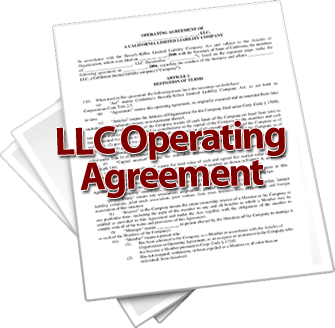This post was written by Ben Rucker, Tax Specialist. The video, of course, is of Lee Phillips.
#11 in Lee’s formalities checklist asks if you have secured your Federal Tax ID number.
#12 asks if you have made the proper tax election.
The form of business you operate determines how you will be taxed. Your application for an Employer Identification Number (EIN–also known as a Federal Tax Identification Number) will tell the Internal Revenue Service how to identify your business entity. So you need to decide what type of entity you wish to operate and how you will be taxed before you register for the EIN. Because banks will require this number when you set up an account for the business, it is one of the first steps you must take in creating your business.
Applying for an EIN is not difficult; you apply online here. This is a free service offered by the Internal Revenue Service, and is described in detail in IRS Publication 1635: Understanding Your EIN. One word of warning! Do not apply for an EIN number before you actually begin a business. Once you get the EIN number, you must file a tax return even if you have not made any money. If you neglect to do this, the IRS can come back and fine your company for not filing its business taxes.
When you establish an LLC, you get to choose what tax structure you want the IRS to apply to your LLC. There is no such thing as an LLC in the tax code. You choose how the IRS looks at your LLC, and they ignore the fact that it is an LLC. As a single member LLC you can choose to be taxed as a sole proprietor, S corporation, or C corporation. If you have more than one member, you can be a partnership, an S corporation, or a C corporation.
Sole proprietorship is the default taxation structure for a single member LLC. If you choose to have your LLC taxed using the sole proprietorship rules (or don’t choose anything and take the default), your LLC is considered as a “disregarded entity” by the IRS. To them “disregarded” means that you don’t file a separate return. You can use your personal Social Security Number as your tax identification number for your business. Sole proprietorships simply enter their business expenses on a Schedule C on Form 1040.
If you specifically file for taxation as a partnership, an S or a C corporation, you will need an EIN to file. If you have a multi-member LLC, the IRS default is to tax you as a partnership unless you elect to be taxed as an S or C corporation. No, you are not a corporation. You are an LLC being taxed under one of those two (S or C) IRS Subcode sections. If you decide to have your LLC taxed as a corporation, you must file an election with the IRS. If you want to elect to have your LLC taxed as an S corporation, file Form 2553 with the IRS. In the rare occasion that you want the double taxation that comes with being taxed as a C corporation, you will file Form 8832.
If you want to change your LLC tax election, you can do it for the future. However, once you change your LLC tax election you cannot change it again for 60 months.
The decision on what LLC tax election to make is one you should make with the advice and help of an accountant. Ultimately it is a financial decision that should take into consideration what your business is and how it makes money. Lee and I go into the factors you should consider in making this decision in detail in Advanced Tax Tactics.
It is important to take care of your business taxes. While this is a necessary pain, you should also be aware that having a business provides great opportunities for tax savings. Your business can be your very best tool to save on taxes. Lee has compiled a list of Ten Tax Tips, and most require having a business to use them. If you have a business, take a look at these complimentary tax tips and start saving on your taxes today.
